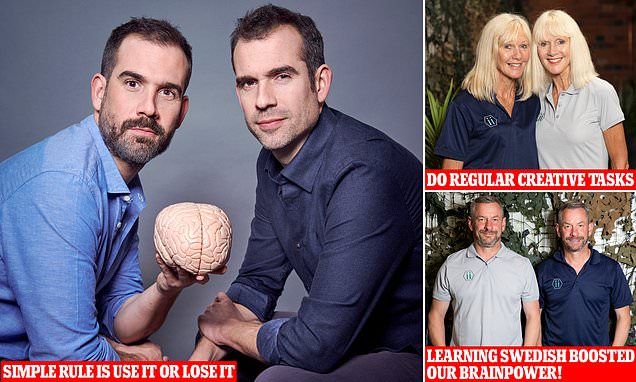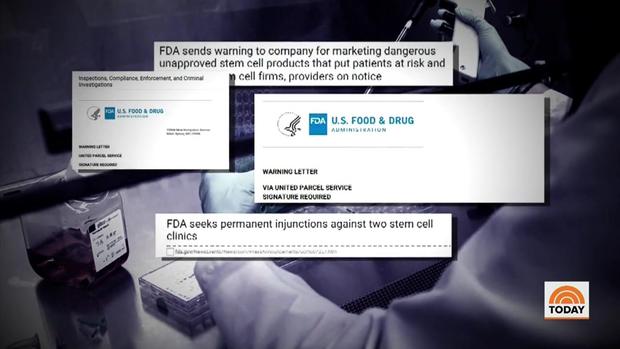A host of companies are developing regenerative treatments that lean on stem cells. Seeing an opportunity, Japan’s Fujifilm will build a U.S. stem cell manufacturing facility not only for its own efforts but also as a CDMO.
The company said today that its Fujifilm Cellular Dynamics Inc. (FDCI) subsidiary will invest about $21 million to build a facility in Madison, Wisconsin, to “industrialize” induced pluripotent stem cell technologies for its pipeline of regenerative drugs and to manufacture iPS cells for others. It expects the facility to be ready by March 2020.
“To meet the growing demand for FCDI’s iPS cell platform, the state-of-the-art production facility will have a flexible cell culturing design to serve production requirements of both industrial quantities of cells, and small, diverse batches,” Seimi Satake, FCDI CEO, said in a statement. “By combining Fujifilm’s experience gleaned from the intricate process of manufacturing photographic film along with FCDI’s knowledge of cell reprogramming, genetic engineering and cell differentiation, the facility is poised to address the complex manufacturing processes of cell therapies.”










